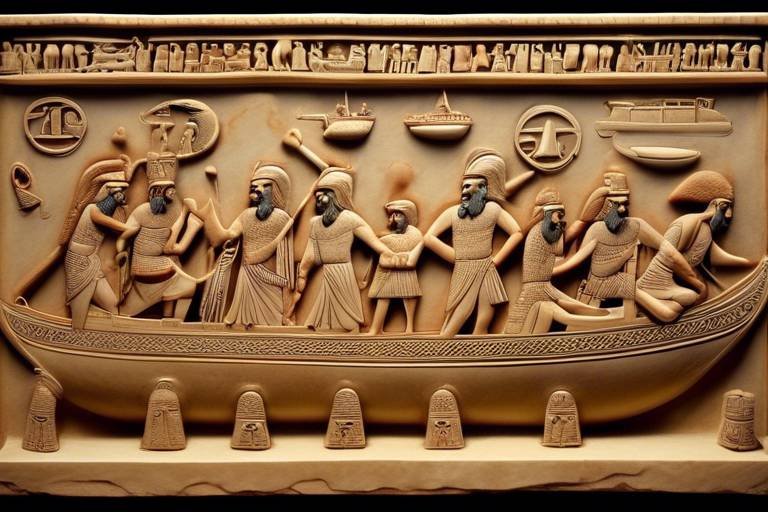The Secrets of Ancient Egypt's Social Hierarchy
Unveiling the mysteries surrounding the social hierarchy of ancient Egypt reveals a complex system that dictated the roles, privileges, and status of individuals based on their position within society. This intricate structure not only shaped the daily lives of the ancient Egyptians but also reflected their beliefs, values, and traditions.
At the summit of this social pyramid stood the Pharaoh, revered as a divine ruler with absolute power over the kingdom and its people. Considered a living god, the Pharaoh wielded immense authority and commanded the utmost respect from all strata of society.
Descending down the hierarchy, we encounter the nobility and officials, comprising the elite class of nobles and high-ranking individuals who held sway over administrative affairs and exerted significant influence in both government and society. Their positions afforded them luxuries and privileges that set them apart from the rest of the populace.
Delving into the realm of spirituality, we find the priests and priestesses, entrusted with the crucial task of conducting religious ceremonies, maintaining temples, and acting as intermediaries between the community and the gods. Their role was pivotal in upholding the religious fabric of ancient Egyptian society.
Among the skilled artisans and craftsmen lay the creative forces behind the intricate art, architecture, and luxury goods that defined the cultural landscape of ancient Egypt. Their craftsmanship and expertise were instrumental in shaping the aesthetic identity of the civilization.
Transitioning to the middle class, we encounter merchants and scribes who played essential roles in trade, record-keeping, communication, and administration. While merchants facilitated commerce and exchange, scribes were indispensable in documenting information and maintaining order within the bureaucratic framework.
At the base of the social hierarchy resided the peasants and laborers, comprising the largest class in ancient Egyptian society. From farmers tending the land to laborers constructing monumental structures, their collective efforts sustained the economy and infrastructure of the civilization.
Lastly, we confront the lowest echelon of the hierarchy, occupied by slaves and servants who were owned by individuals or institutions and served in various capacities. Their labor was often exploited to fulfill the needs and desires of the upper classes.
Shedding light on the unique status and rights of women in ancient Egypt unveils a nuanced portrayal of their roles in the household, religion, and economy. Despite certain limitations, women in ancient Egyptian society held significant influence and contributed in diverse spheres of life.
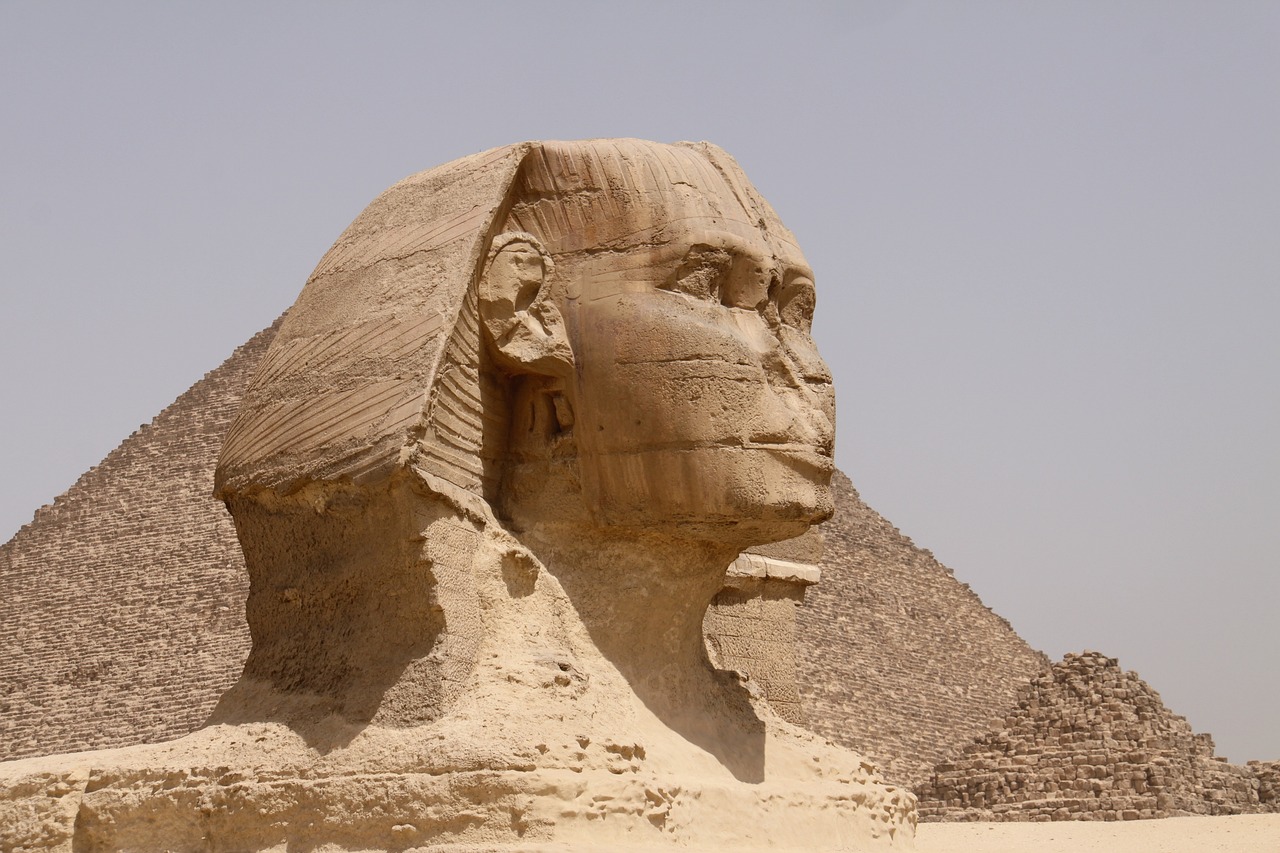
The Pharaoh
Exploring the intricate system of social classes in ancient Egypt, shedding light on the roles, privileges, and status of individuals based on their position within society.
The Pharaoh, the divine ruler at the top of the social pyramid, was believed to be a living god with absolute power over the kingdom and its people. Imagine a figure so revered and respected that their word was law, their actions shaping the very fabric of society. The Pharaoh's authority extended beyond mortal realms, embodying the divine connection between the earthly realm and the gods themselves. This position of unparalleled power and prestige placed the Pharaoh at the pinnacle of ancient Egyptian society, with responsibilities that transcended mere mortal concerns.
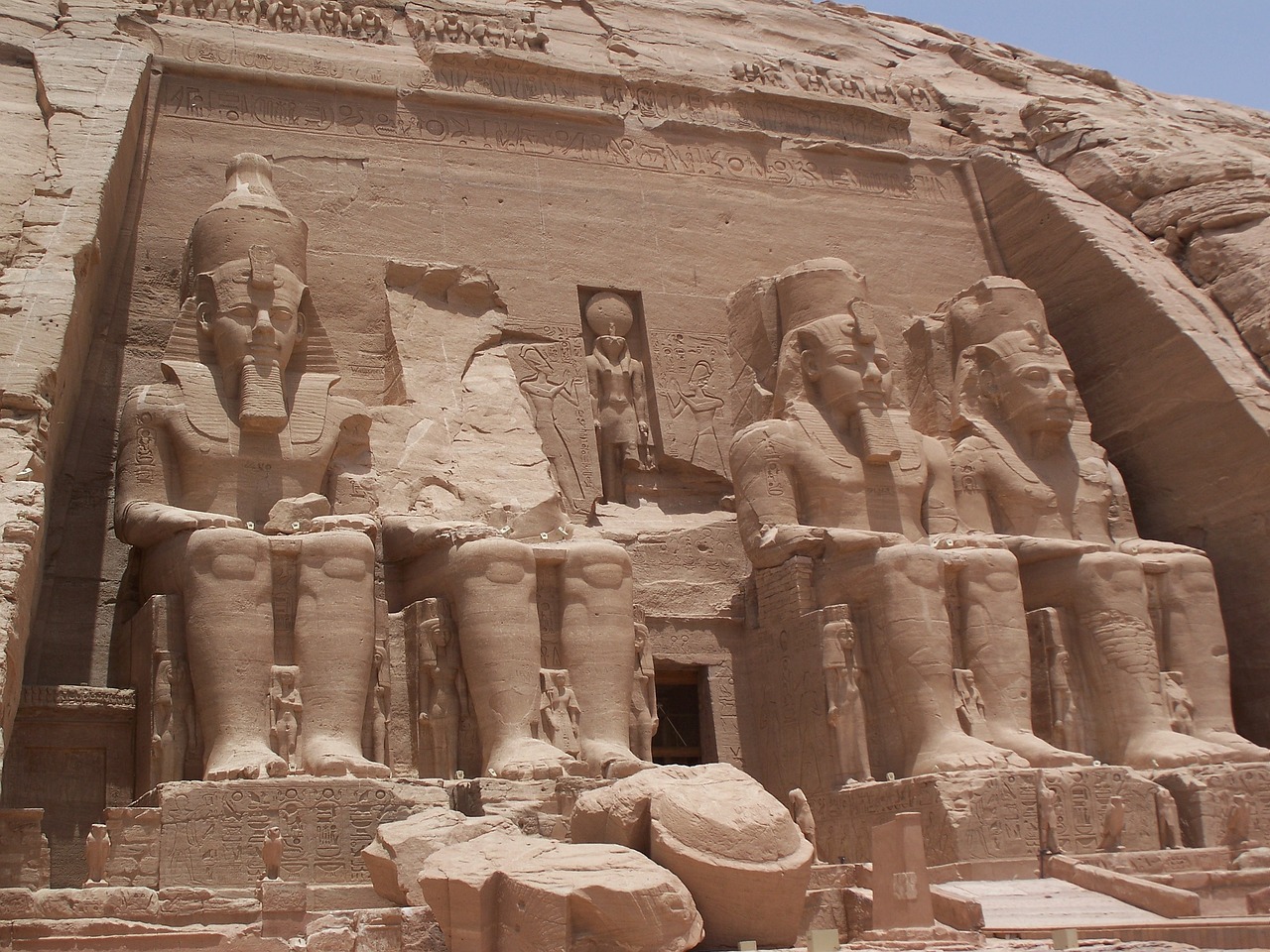
Nobility and Officials
The nobility and officials in ancient Egypt formed a privileged class that held immense power and influence within the society. At the second tier of the social hierarchy, they were esteemed for their close association with the pharaoh and their administrative roles in governing the kingdom. The nobles, known for their wealth and status, often served as advisors to the pharaoh and held high-ranking positions in the government.
One of the key responsibilities of the nobility and officials was to oversee the vast land holdings of the pharaoh and ensure the efficient collection of taxes from the population. They also played a crucial role in maintaining law and order, resolving disputes, and overseeing the construction of monumental structures such as temples and pyramids. Their wealth and influence allowed them to enjoy a luxurious lifestyle, with access to the finest goods and services available in ancient Egypt.
Furthermore, the nobility and officials were deeply involved in religious ceremonies and rituals, acting as intermediaries between the pharaoh and the gods. They oversaw the administration of temples, managed religious festivals, and ensured the proper execution of sacred rites. Their close connection to the divine world reinforced their status as powerful and respected members of ancient Egyptian society.
It is important to note that the nobility and officials often passed down their positions and privileges through hereditary lines, creating a system of dynastic succession that maintained the stability of the social order. This continuity of power ensured that the elite class remained at the pinnacle of society, exerting control over both the political and religious affairs of ancient Egypt.
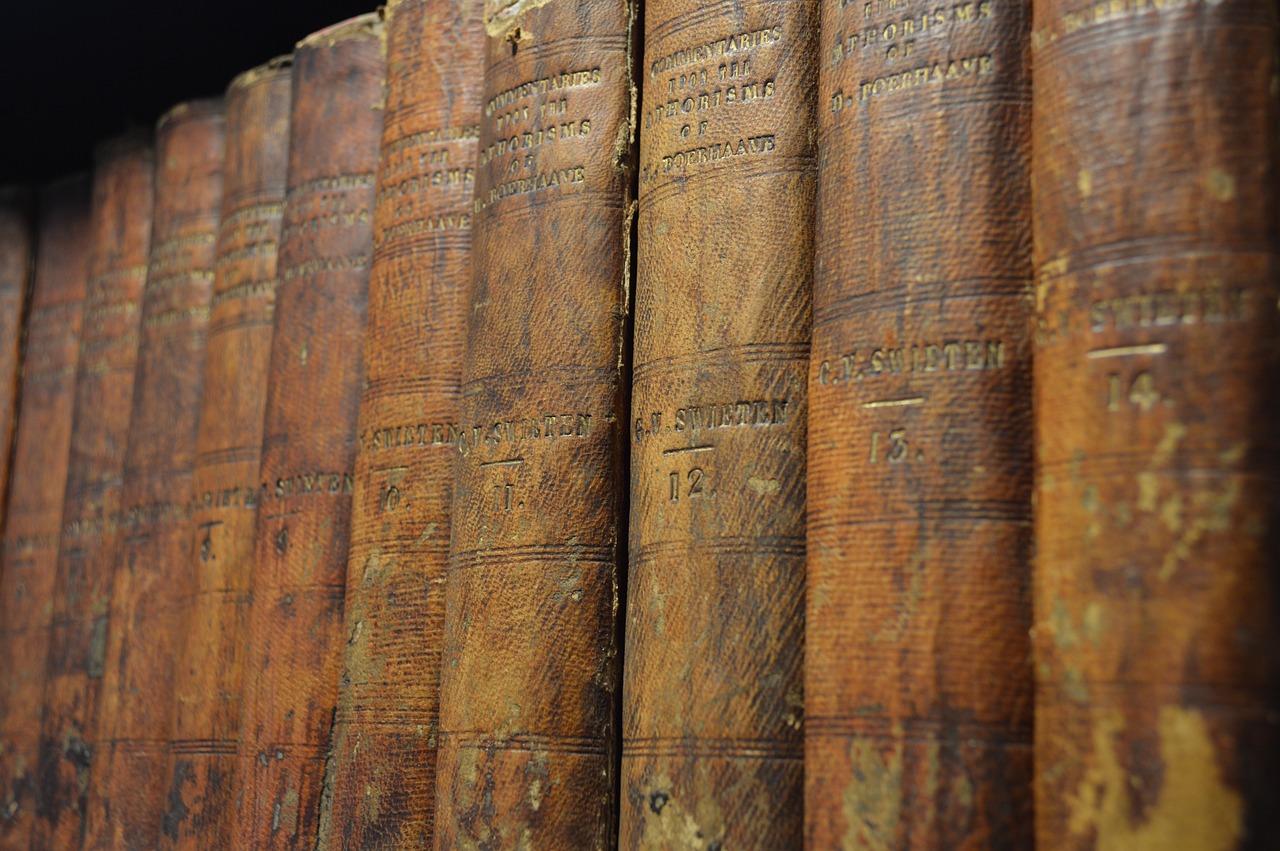
Priests and Priestesses
Exploring the intricate system of social classes in ancient Egypt, shedding light on the roles, privileges, and status of individuals based on their position within society.
The divine ruler at the top of the social pyramid, believed to be a living god with absolute power over the kingdom and its people.
Discussing the elite class of nobles and high-ranking officials who held significant influence and administrative roles in the government and society.
In ancient Egypt, Priests and Priestesses held a revered position in society, serving as intermediaries between the people and the gods. They played a crucial role in religious ceremonies, maintaining temples, and communicating with the deities on behalf of the community. These spiritual leaders were responsible for ensuring the spiritual well-being of the society, conducting rituals, and interpreting divine messages. Priests and Priestesses were highly respected for their knowledge of religious practices and their ability to commune with the divine realm.
Examining the skilled workers responsible for creating the intricate art, architecture, and luxury goods that defined ancient Egyptian culture.
Highlighting the middle class of merchants engaged in trade and scribes who were vital for record-keeping, communication, and administration.
Exploring the largest social class comprising farmers, laborers, and servants who toiled the land, built monuments, and sustained the economy.
Discussing the lowest class in the hierarchy, slaves and servants who were owned by individuals or institutions, serving in various capacities.
Shedding light on the unique status and rights of women in ancient Egyptian society, including their roles in the household, religion, and economy.
Q: Were Priests and Priestesses in ancient Egypt considered powerful figures?
A: Yes, Priests and Priestesses held significant power and influence due to their close connection to the gods and their role in religious ceremonies.
Q: What were the main duties of Priests and Priestesses?
A: Priests and Priestesses were responsible for conducting rituals, maintaining temples, interpreting divine messages, and ensuring the spiritual well-being of the community.
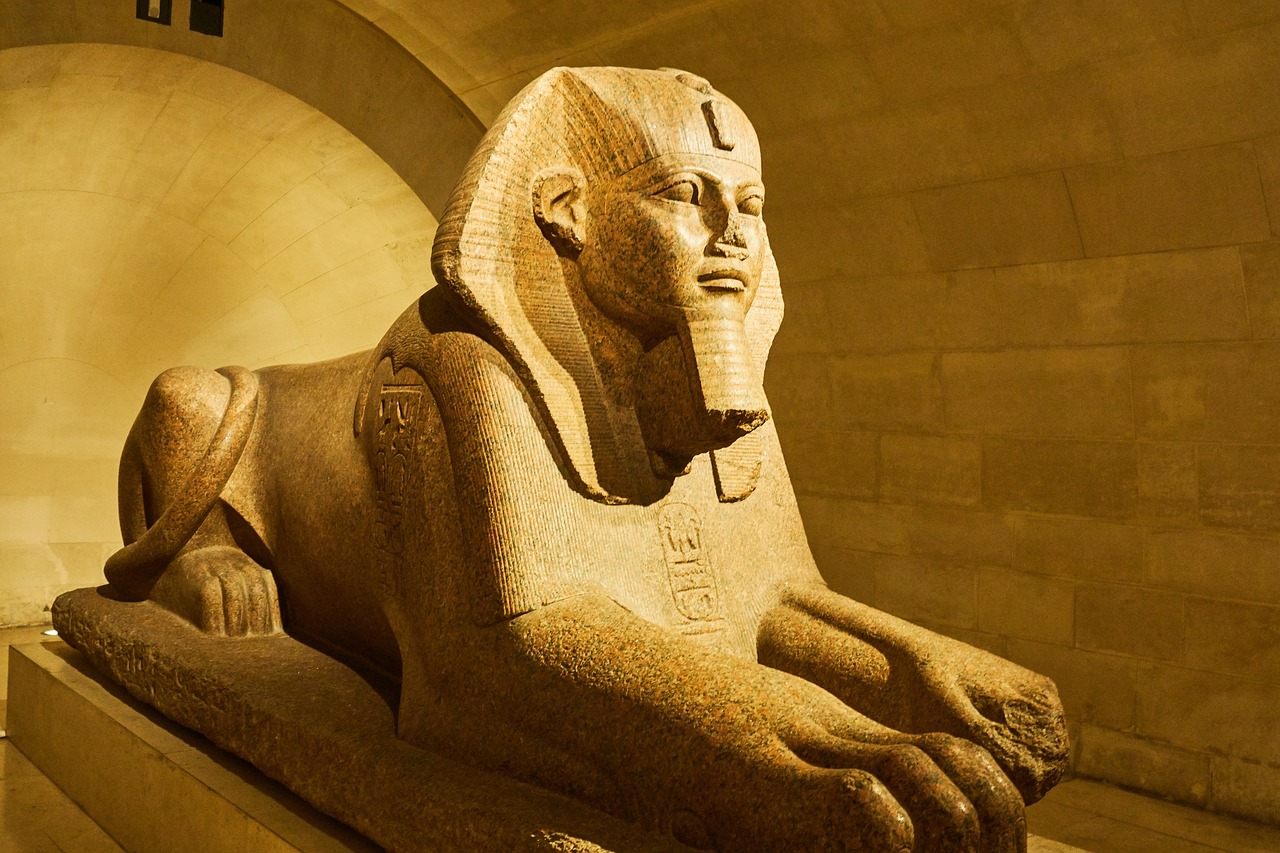
Artisans and Craftsmen
Artisans and craftsmen in ancient Egypt were the master creators behind the breathtaking art, architecture, and luxury goods that defined the rich cultural tapestry of the civilization. These skilled individuals dedicated their lives to honing their craft, producing works of art that have stood the test of time and continue to mesmerize us today.
From sculptors and painters to carpenters and jewelers, artisans and craftsmen possessed a level of expertise that was unparalleled in their time. They meticulously carved intricate hieroglyphs on temple walls, fashioned exquisite jewelry fit for royalty, and constructed monumental structures that still awe visitors to Egypt.
One of the most remarkable aspects of ancient Egyptian artisans was their ability to infuse spiritual and symbolic meaning into their creations. Every piece of art, every architectural marvel, carried deeper significance beyond its aesthetic beauty. These craftsmen were not merely skilled workers but also storytellers, conveying the beliefs, myths, and values of their society through their creations.
Moreover, artisans and craftsmen played a crucial role in the economic prosperity of ancient Egypt. Their creations were highly sought after both within the kingdom and beyond its borders, driving trade and commerce that enriched the civilization. The exquisite craftsmanship of these individuals not only brought wealth to the kingdom but also elevated its cultural prestige on the world stage.
Working in specialized workshops under the patronage of the pharaoh or nobility, artisans and craftsmen passed down their knowledge and skills from generation to generation. This tradition of craftsmanship ensured the continuity of artistic excellence and innovation, leading to the flourishing of artistic expression in ancient Egypt.
In conclusion, the artisans and craftsmen of ancient Egypt were not just skilled laborers but the visionary architects of a civilization that continues to captivate the world with its beauty and grandeur. Their legacy endures in the timeless masterpieces they created, a testament to the ingenuity and creativity of the human spirit throughout history.
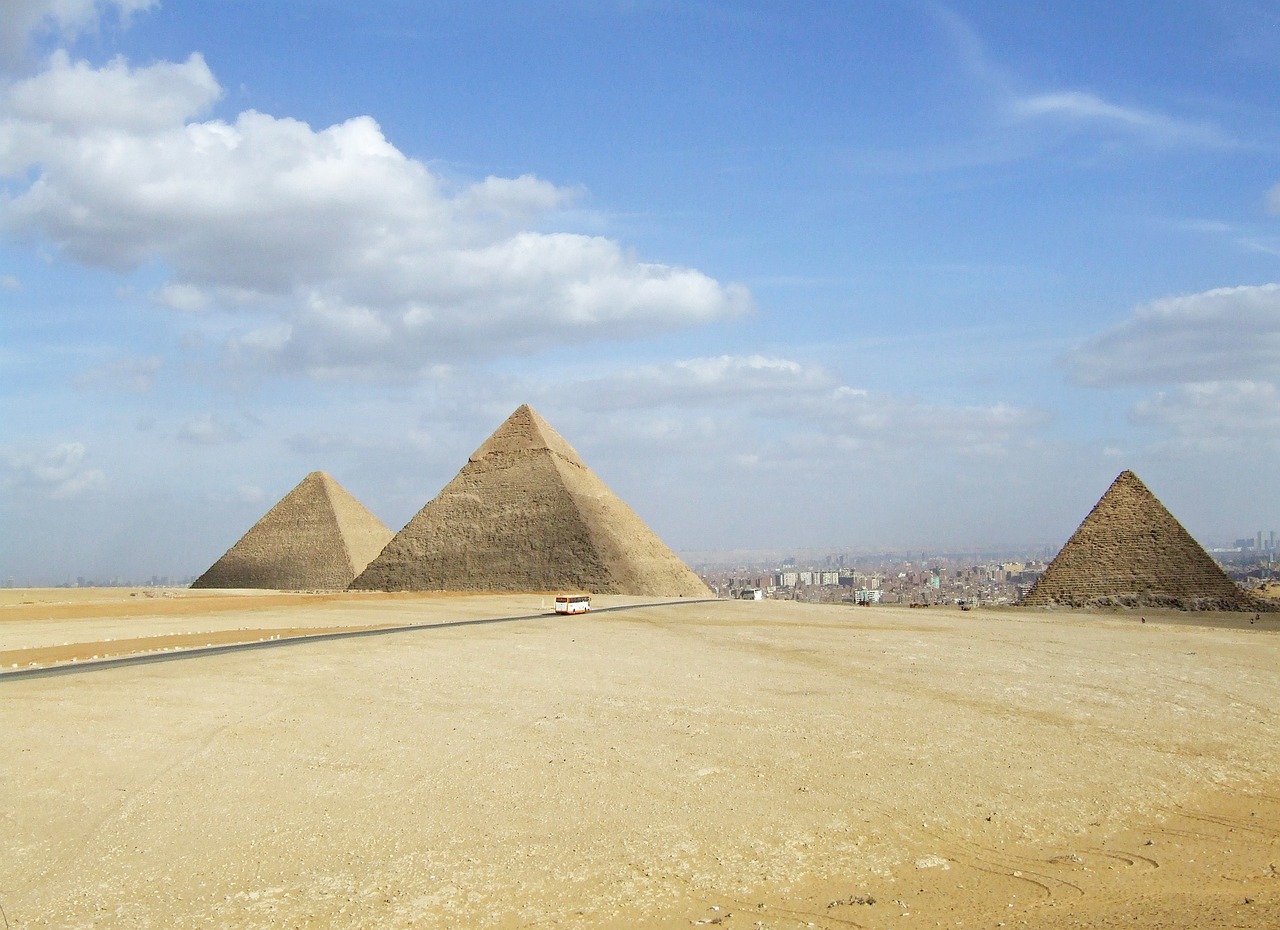
Merchants and Scribes
Merchants and Scribes played vital roles in ancient Egyptian society, contributing to the economy and administration in unique ways. The Merchants, belonging to the middle class, were essential for trade and commerce, facilitating the exchange of goods within Egypt and beyond its borders. They navigated the bustling markets, bartering goods such as grain, gold, and luxury items, ensuring the flow of wealth and resources throughout the kingdom.
Scribes, on the other hand, were the intellectual backbone of Egyptian society, responsible for record-keeping, communication, and administrative tasks. These skilled individuals mastered the art of writing hieroglyphics, documenting important events, transactions, and religious texts. Their meticulous work ensured the smooth functioning of the government, temples, and businesses, preserving knowledge and history for future generations.
Merchants and Scribes often collaborated, with scribes accompanying merchants on trade expeditions to record transactions and agreements. This partnership between commerce and literacy facilitated the growth of the economy and the expansion of Egyptian influence in the ancient world. The synergy between these two classes exemplified the interconnectedness of different social groups in fulfilling the needs of society.

Peasants and Laborers
Exploring the intricate system of social classes in ancient Egypt, shedding light on the roles, privileges, and status of individuals based on their position within society.
In ancient Egypt, the backbone of society was formed by the peasants and laborers who tirelessly toiled the land, built majestic monuments, and sustained the economy through their hard work. These individuals, often farmers and construction workers, played a vital role in ensuring the prosperity and stability of the kingdom.
Imagine the vast fields stretching out under the scorching sun, where peasants diligently planted and harvested crops essential for feeding the population. Their labor was not only crucial for sustenance but also for the wealth and power of the ruling class, as agricultural surplus allowed for the development of a complex society.
Additionally, laborers were responsible for the awe-inspiring construction projects that defined ancient Egypt, such as the pyramids, temples, and tombs. Working under challenging conditions, these skilled workers showcased their craftsmanship and dedication, leaving behind architectural marvels that continue to astonish the world.
While peasants and laborers may have occupied the lowest rung of the social hierarchy, their contributions were invaluable to the functioning of Egyptian society. Without their hard work and perseverance, the grandeur and sophistication of ancient Egypt would not have been possible.
1. What was the daily life of peasants and laborers like in ancient Egypt?
2. How were peasants and laborers treated by the higher social classes?
3. What tools and techniques did ancient Egyptian laborers use in their work?
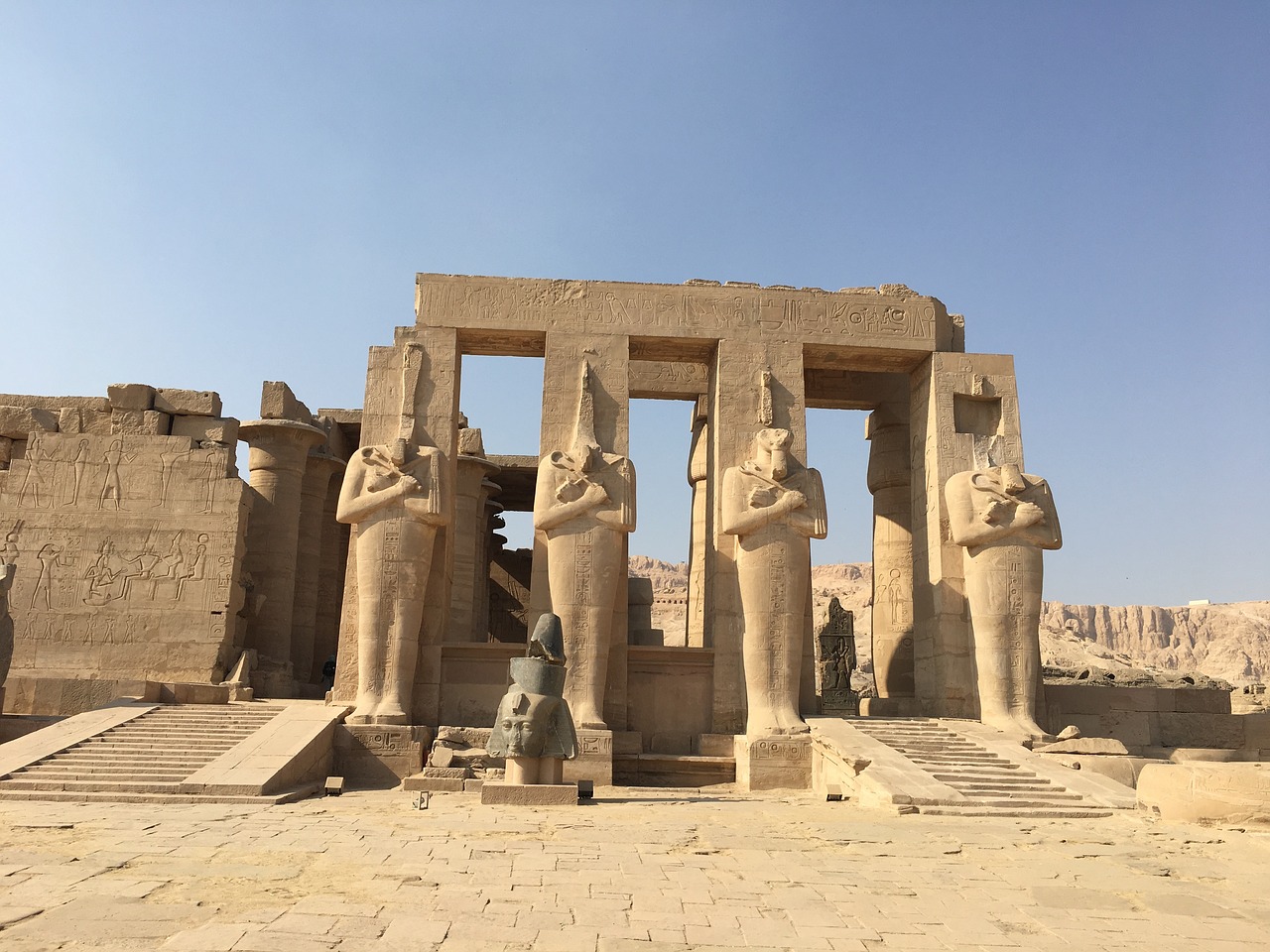
Slaves and Servants
Exploring the intricate system of social classes in ancient Egypt, shedding light on the roles, privileges, and status of individuals based on their position within society.
Slavery was a common practice in ancient Egypt, with slaves and servants occupying the lowest rung of the social hierarchy. These individuals were considered property, owned by wealthy individuals or institutions, and were often captured in wars or born into servitude. Slaves and servants were tasked with various responsibilities, from working in the fields to serving in households or temples.
Despite their lowly status, some slaves were able to earn their freedom through exceptional service or by purchasing it. However, the majority lived in harsh conditions, devoid of basic rights and subject to the whims of their owners. Servants, on the other hand, were employed in households to perform domestic chores and assist their masters in daily tasks.
While slaves and servants had limited freedom and faced significant hardships, they played a crucial role in the functioning of ancient Egyptian society. Their labor contributed to the construction of monumental structures, agricultural activities, and the overall economy of the kingdom.
It's essential to recognize the humanity of these individuals despite their societal position, acknowledging the hardships they endured and the contributions they made to the civilization of ancient Egypt.
Q: Were slaves in ancient Egypt able to gain their freedom?
A: Yes, some slaves in ancient Egypt could earn their freedom through exceptional service or by purchasing it from their owners.
Q: What were the typical roles of servants in ancient Egyptian households?
A: Servants in ancient Egypt were responsible for performing domestic chores, assisting their masters in daily tasks, and ensuring the smooth running of the household.
Q: How were slaves and servants treated in ancient Egyptian society?
A: Slaves and servants in ancient Egypt were considered property and had limited rights, often facing harsh conditions and working under the authority of their owners.

Women in Ancient Egypt
In ancient Egypt, women held a unique and respected position in society, far different from many other ancient civilizations. They were not just confined to the roles of wives and mothers but also played significant roles in various aspects of life. Women in ancient Egypt had the right to own property, inherit wealth, and initiate legal proceedings, showcasing a level of independence and autonomy that was uncommon in other societies of that time.
One of the most prominent roles for women in ancient Egypt was within the household. They were responsible for managing the household affairs, raising children, and ensuring the well-being of the family. Despite these domestic duties, women also had opportunities to engage in economic activities, such as owning businesses, trading goods, and working as artisans.
Moreover, women in ancient Egypt had a strong presence in religious practices. They served as priestesses in temples, participated in religious ceremonies, and played vital roles in the worship of various deities. Some women even held high-ranking positions within the religious hierarchy, demonstrating their spiritual significance in the society.
Additionally, women in ancient Egypt had the right to divorce their husbands, remarry, and claim their own dowries. This level of legal and social freedom was remarkable for the time period and reflected the value placed on women's rights and autonomy in ancient Egyptian culture.
Overall, women in ancient Egypt enjoyed a level of status and rights that set them apart from women in many other ancient societies. Their contributions to the household, economy, religion, and legal matters were highly valued and respected, showcasing a society that recognized and appreciated the roles of women in all aspects of life.
Frequently Asked Questions
- What was the significance of the Pharaoh in ancient Egypt?
In ancient Egypt, the Pharaoh held a divine status and was considered a living god with absolute power over the kingdom and its people. The Pharaoh was not only a political leader but also a religious figure, responsible for maintaining order, overseeing rituals, and ensuring the prosperity of the land.
- How did social classes in ancient Egypt impact daily life?
Social classes in ancient Egypt determined individuals' roles, privileges, and opportunities in society. The higher classes enjoyed more power, wealth, and access to resources, while the lower classes often faced challenges such as limited rights, hard labor, and economic struggles. These distinctions influenced everything from occupation to education to legal rights.
- What roles did women play in ancient Egyptian society?
Women in ancient Egypt held unique positions compared to other ancient civilizations. They had rights to own property, conduct business, and participate in religious ceremonies. Women could also serve as priestesses, artisans, or even rulers, showcasing a level of gender equality not commonly seen in other societies of the time.
- How were slaves and servants treated in ancient Egypt?
Slaves and servants occupied the lowest rung of the social hierarchy in ancient Egypt and were considered property of their owners. They performed various tasks, from agricultural work to domestic service, and had limited rights or freedoms. Despite their low status, some slaves could earn their freedom through loyal service or special circumstances.



















